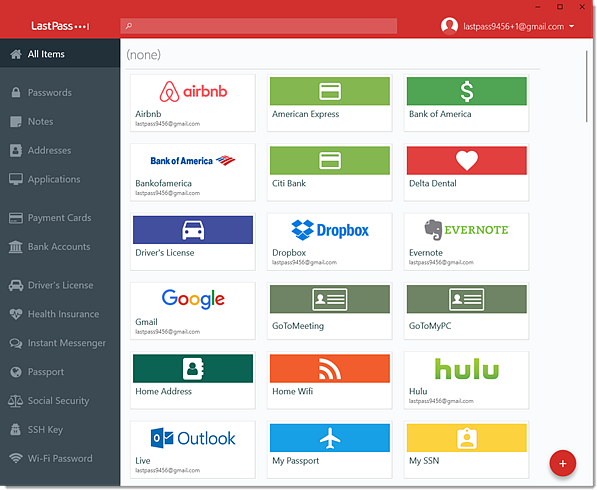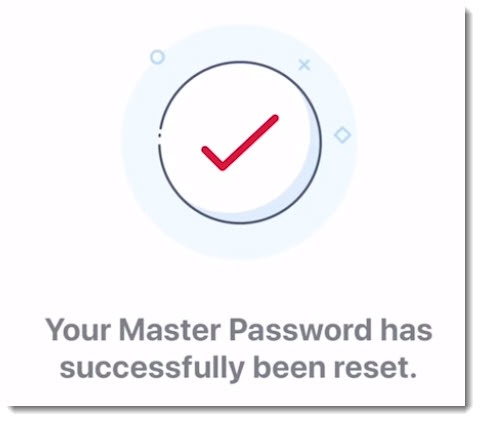

- MY LASTPASS DESKTOP VAULT UPDATE
- MY LASTPASS DESKTOP VAULT PASSWORD
- MY LASTPASS DESKTOP VAULT OFFLINE
- MY LASTPASS DESKTOP VAULT FREE
- MY LASTPASS DESKTOP VAULT CRACK
MY LASTPASS DESKTOP VAULT CRACK
Practically speaking, these older accounts will be significantly easier to crack open.Ĭracking open encrypted vault data isn’t a matter of whether it can happen, but when.

Additionally, even the 100,100 iteration standard is somewhat new for LastPass, and some older LastPass accounts are still protected by keys generated using only 5,000 iterations of the derivation function.

That said, 100,100 iterations is significantly below the 310,000 iterations recommended by the Open Web Application Security Project (OWASP). LastPass’ current standard for key generation is 100,100 iterations of the derivation function, which makes it quite difficult for threat actors to determine a user’s encryption key through the application of brute force computing power.
MY LASTPASS DESKTOP VAULT PASSWORD
LastPass generates this key by applying the PBKDF2 key derivation function to a master password a set number of times. Each customer’s encrypted vault data is protected by a key derived from a user’s master password. If the threat actors do manage to obtain LastPass customers' master passwords, they won't have immediate access to customers' encrypted data. However, so long as Last Pass customers’ used unique passwords as their master passwords, this technique won’t work. The threat actors may also try using passwords stolen in other data breaches. However, any master passwords stolen through phishing attacks will be useless for this purpose if the stolen passwords are new passwords put in place after the vault data was stolen. The threat actors can then try using any passwords stolen in this manner to determine the encryption keys that protect users’ encrypted vault data. Their aim will be to trick LastPass customers into giving up their master passwords. LastPass customers should immediately change the master passwords for their accounts, as the threat actors will most likely begin conducting phishing attacks against LastPass customers using the email addresses and phone numbers stolen in the breach.
MY LASTPASS DESKTOP VAULT OFFLINE
The threat actors can work to decrypt customers’ vault data offline where there won’t be a trail leading back to them and customers won’t receive any notification of unauthorized access, if the threat actors manage to decrypt stolen vault data.
MY LASTPASS DESKTOP VAULT FREE
Rather than attempting to access the encrypted information within customers’ vaults directly on LastPass servers where security measures could rebuff repeated attempts at unauthorized access, the threat actors are free to employ all sorts of methods to break through the encryption on their own terms. It’s important to note that the threat actors now have their own copy of LastPass customers’ vaults. This unencrypted information could enable threat actors to determine the websites on which LastPass users have accounts. However, unlike the vaults of some password managers like Bitwarden, LastPass customer vaults contain some unencrypted data, including the website URLs associated with each vault entry. While threat actors now possess copies of these vaults, all passwords, usernames, secure notes, and form-filled data remain encrypted. These vaults are where customers’ passwords and other credentials are stored. The stolen data includes customer account information and metadata, such as company names, usernames names, billing addresses, email addresses, telephone numbers, and IP addresses, as well as vault data. Thanks to these keys, the threat actors were able to gain unauthorized access to the storage container and make copies of the backup data stored within. The hackers used information stolen in the August breach to target a LastPass employee, likely in a phishing attack, and acquire the access and decryption keys for the company’s cloud storage container. However, the target of the more recent breach was a cloud storage service containing off-site backups of customer data. The breach in August affected the LastPass development environment, which didn’t contain any customer information.
MY LASTPASS DESKTOP VAULT UPDATE
Now, the CEO of LastPass, Karim Toubba, has published an update revealing that the hackers managed to access customers’ password vaults. Shortly after this follow-up breach, the company disclosed that threat actors had stolen customer information, but didn’t specify what information had been stolen. Hackers then used the stolen information to breach LastPass again at the end of November. Back in August of this year, the password manager LastPass suffered a security breach that resulted in the theft of proprietary technical information and portions of the company’s source code.


 0 kommentar(er)
0 kommentar(er)
